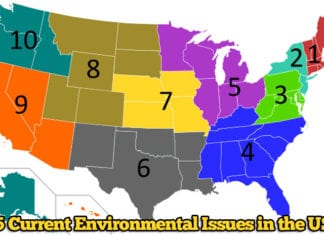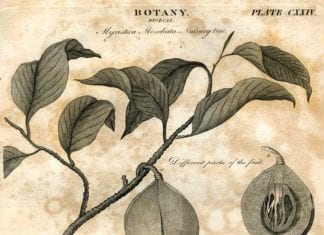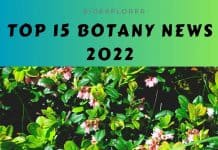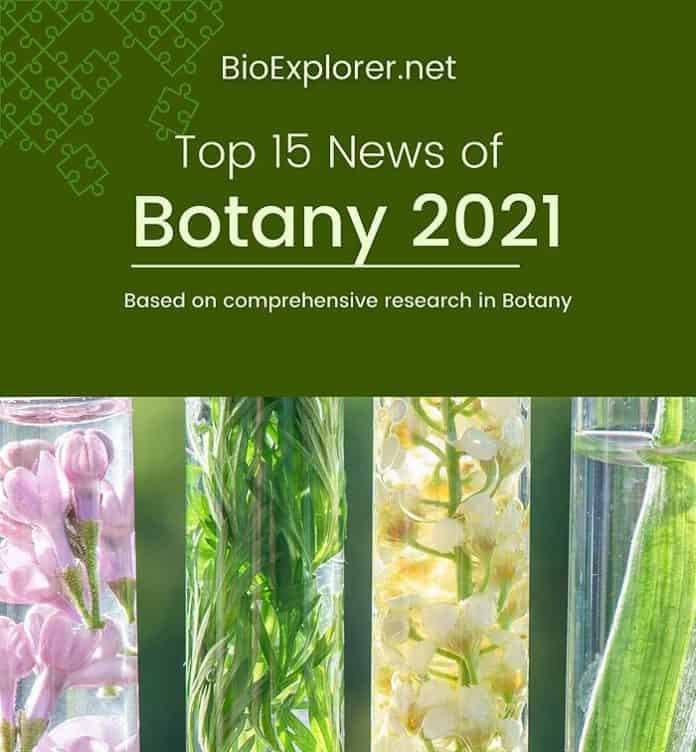
The current discoveries in botany show that Plant Science is actually thriving now. There are now new, unusual plants discovered, and specific molecular aspects of plant phylogenetic relationships seem to get solved. In addition, botanists start to understand the complex relationships between plants, climate, and metabolites at transcriptomics, proteomics, and metabolomics levels.
Research has also shown that our crops may have lost something crucial for successful growth – and we need to use modern technologies to combat this situation.
Let’s look at the recent findings that aim towards agronomic impacts, climate change, and solving phylogenetic mysteries of various land plants with their economic significance.
Top Botany News of 2021
1. Scientists warn about the threat imposed on Cape primroses due to copper mining (UK, May-2021)
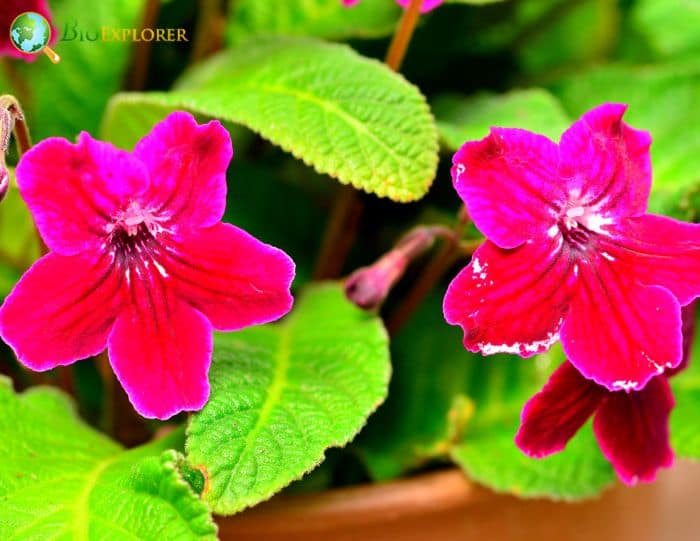
Cape primroses (in the genus Streptocarpus) are commonly cultivated as ornamental plants. Still, when grown in wild conditions, they are highly vulnerable due to anthropogenic activities. In addition, they are almost on the verge of extinction due to copper mining. Streptocarpusfalls under the family Gesneriaceae, which is considered an economically important ornamental plant group with other significant members, all of which are herbaceous perennials known for the beauty of their flowers.
New species of Cape primroses (Streptocarpus sp.) are reported to be found in the Democratic Republic of Congo. Among the five new species documented by Kew scientists, Streptocarpus malachiticola from Katanga in Congo. As the name suggests, these species have the affinity to grow in malachite ore-rich (i.e., an ore of copper) regions. Unfortunately, global demands for copper for electrical wiring with the increase in copper prices lead to regular ore extraction processes from mines to ruthless destruction of these plant species and is now assessed as Endangered under Red List criteria as proposed by International Union for Conservation of Nature (IUCN). In addition, commercial varieties may be obtained through hybridization and mutation breeding with these wild species, which are reportedly at risk of extinction.
Commercial cultivars of Cape primroses are essential. Thus, this can be treated as a final call to find more unknown species, name them and hopefully protect them before they become globally extinct.
![]()
2. Miracle microbial molecule that slows down the plant aging process (UK, Sep-2021)
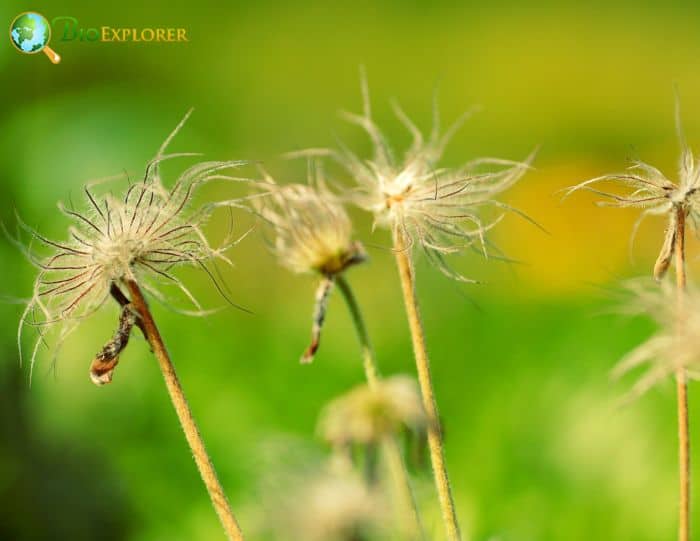
Microbial molecules that have been newly discovered, primarily used by parasitic bacteria to pace down the plant aging process, may provide new insight into protecting disease-threatened food crops.
- Researchers from John Innes Centre published in Cell an exciting finding that a ‘miracle protein‘ isolated from Phytoplasma bacteria plays a pivotal role in reprogramming the growth and development of plants.
- This group of bacteria is often responsible for developing a symptom called “witch’s broom “. This bushy appearance makes the plant static in the vegetative phase without progressing further to a reproductive phase. Thereby it slows down the aging process.
- This molecular mechanism of bacterial secreted proteins (SAP05), called the proteasome, usually breaks down proteins that are no longer needed inside plant cells. SAP05 hijacks this process, causing plant proteins that regulate growth and development to be thrown into a molecular recycling loop, causing enhanced plant resistance against pathogens.
This new finding provides a promising strategy for engineering plants to achieve a level of durable resistance of crops against phytoplasmas.
![]()
3. Biologists unlock the secret contribution of forests in climate change (USA, Feb-2021)

Human civilization must realize that it is impossible to disregard the warning signs of danger and the threats posed by the impending global climate change. Scientists have long recognized the significance of forests in shaping microclimates.
- Recent findings by biologists at West Virginia University reveal that trees worldwide consume more carbon dioxide than previously thought. This increases the importance of forests in controlling the Earth’s atmosphere and permanently alters the perspective about climate change.
- They found that over the past few centuries, increases in atmospheric carbon dioxide have resulted in an increase in trees’ water-use efficiency or the ratio of carbon dioxide absorbed by photosynthesis to the water lost via transpiration, or the process by which trees “breathe out” water vapor.
- Thereby, it can be concluded trees globally absorb significant volumes of carbon dioxide. Without that, more carbon dioxide would be released into the atmosphere, which would continue accumulating and worsening climate change.
The importance of forests and plant resources in reducing the effects of climate change is receiving renewed impetus from various sectors. Research demonstrates yet another strong justification for protecting, caring for, and maintaining the health of our forests.
![]()
4. The scientist’s findings resolve the long-running debate over photosynthesis (UK, Feb 2021)
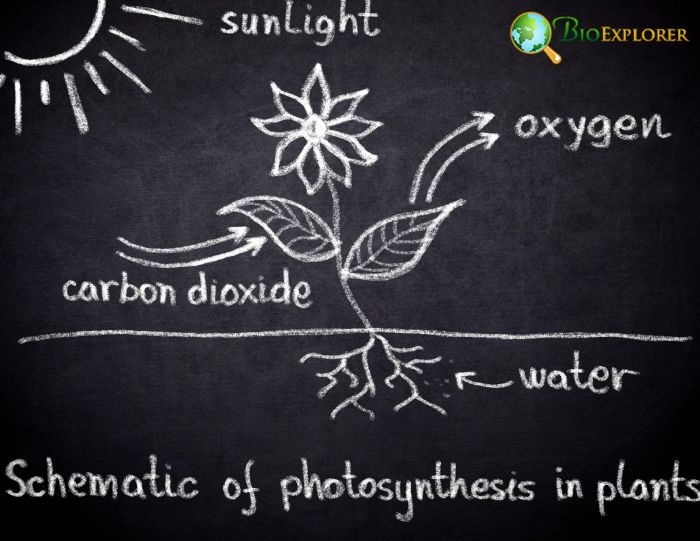
Scientists have pinpointed the location of an essential enzyme in plant cells involved in photosynthesis according to a study done at Queen Mary University of London, UK. The finding challenges conventional thinking about the location of the enzyme in plant cells and points to a potential function in controlling energy activities when plants adjust to light- and dark- transitions.
- During photosynthesis, plants convert carbon into energy stores through an “electron transport” system involving an enzyme called ferredoxin: NADP(H) oxidoreductase, or FNR. Plants can quickly transition between linear electron flow (LEF) and cyclic electron flow (CEF), two forms of electron transport.
- The following results reveal ferredoxin: NADP(H) oxidoreductase FNR to be distributed throughout the chloroplast in plant cells and electron flow rates between plants adapted to the dark and plants that had been adapted to light to determine how the FNR site influences electron transport.
- Brief exposure to light caused regular dark-adapted plants to transition to higher CEF activity. This was not observed in plants with weak FNR-tether protein interactions, suggesting that these plants cannot activate CEF.
This supports a role for Ferredoxin-NADP+-reductase (FNR) location in regulating photosynthetic electron flow during the transition of plants from dark to light.
![]()
5. New Species Found by Researchers in Critically Endangered Ecosystem (USA, Aug 2021)

A new plant species, Castela senticosa, has been found by scientists working in one of the world’s most biodiverse and endangered habitats. They recommend that these species be listed as endangered. The plant was discovered during a survey to document the flora of the Martin Garcia Mountain range in the Dominican Republic. It grows as a tiny bush covered in an impenetrable coating of thorns.
- Large tracks of undisturbed tropical dry forests are supported by the mountains of Hispaniola. These ecosystems are extraordinarily diversified and, like the rainforests they border, are threatened globally by deforestation, overharvesting, and climate change.
- However, even though they are equally threatened, a tropical dry forest’s destruction could result in the extinction of a much greater number of species.
- Lowland basins frequently contain rainforests, where factors like rainfall, temperature, and soil type are comparable over vast distances. Despite the considerable species variety, the ranges of many rainforest plants can extend hundreds of miles.
This finding is crucial because now scientists can collect all they come across to have a complete species list for the mountain range.
![]()
6. Scientists decode 50-year-old puzzle behind plant growth (USA, Nov-2021)

The cell wall surrounding plant cells is composed primarily of pectin, cellulose, and hemicellulose. Similarly, as rebar acts in a tall building, cellulose acts as a strong foundation. These elements determine how plant cells are structured, leaf epidermis cells that researchers for the past 20 years have been studying these forms that give cells a strong bond and give plants resistance to external forces. The question is how mobility and proliferation are possible when the cell walls are so securely locked.
- Hemicellulose chains provide reinforcement, and pectin acts as a seal. According to one explanation, the auxin hormone makes plants’ cells acidic when ready to grow, which loosens the bonds connecting its parts and enables the walls to soften and expand.
- Although this notion has existed for fifty years, the exact mechanism by which Auxin triggers acidification has remained a mystery.
- Researchers from the University of California, Riverside, proposed that Auxin causes the protons to be pumped into the cell walls, lowers the pH levels, and causes acidity leading to expansion.
Thereby, it can be concluded that the plant hormone auxin lowers the pH and acidifies the extracellular spaces leading to plant growth and development.
![]()
7. The defensive machinery of plant roots (Switzerland, Sept-2021)
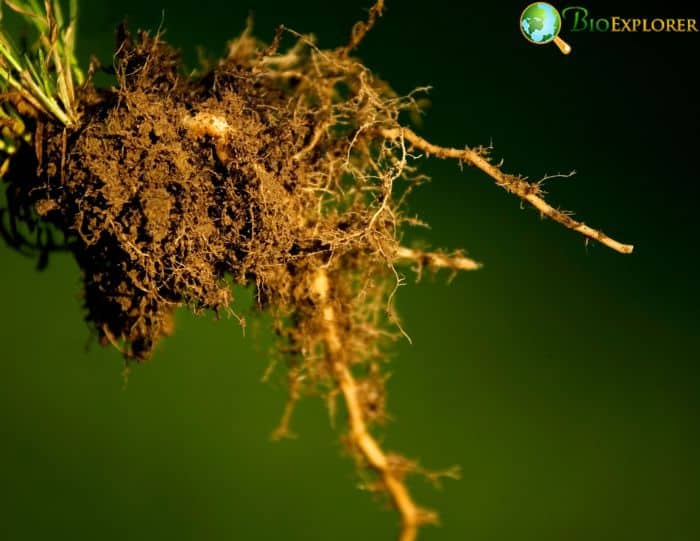
When the plant’s environment is hazardous, the roots’ intake of nutrients and water from the soil must be selective. A lipid-based molecule called suberin, found in plant roots, serves as a barrier of defense against numerous environmental challenges. So, researchers reported the defensive mechanism played by plant roots.
- The formation or breakdown of a cork-like coating termed suberin allows plants to alter the permeability of their roots to adjust to their dietary needs.
- Four molecular elements have been identified as being in charge of the genetic activation of suberin, as identified by an international team of researchers from the University of Geneva (UNIGE), Switzerland.
- The discovery of these elements made it possible to create plants with roots that are continuously covered in suberin or, on the other hand, completely devoid of it. These elements are essential for choosing plants that are more tolerant of environmental challenges.
- Genetic resources are available to research suberin development in roots in greater detail, including how it contributes to a plant’s ability to tolerate salt stress, drought, and flooding.
These findings might also have a significant agronomical impact by employing suberin and the characteristics discovered in this study as root qualities to select plants more tolerant to harsh environmental conditions.
Suggested Reading:
Top 15 Current Environmental Issues in the US
![]()
8. Root flavonoids are linked to improving association with Arbuscular mycorrhizal fungi, AMF (USA, Jan-2021)
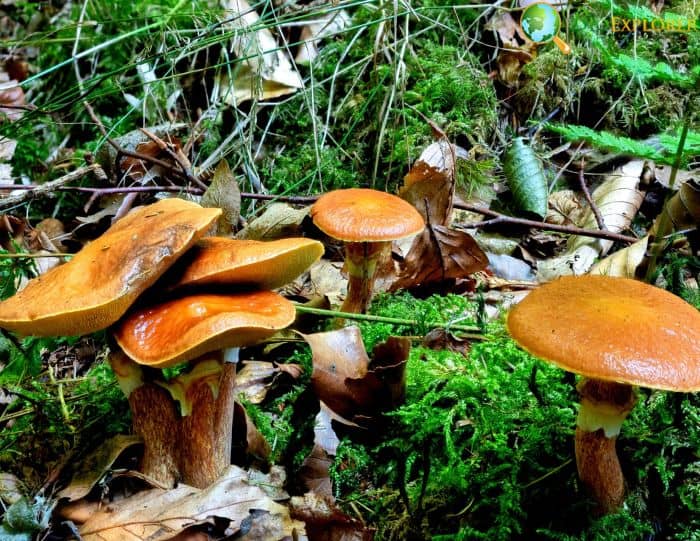
Arbuscular mycorrhizal fungi (AMF) can create symbiotic relationships with most terrestrial plants. Arbuscular mycorrhizal fungi (AMF) are vital mutualistic microorganisms in the soil that can form symbiotic associations with most land plants. Arbuscular mycorrhizal fungi play an essential role in plant invasions, and their interactions with invasive plants have received increasing attention.
- Recent research showed AMF colonization in populations of the Chinese tallow tree in a recent work published in AoBP (Triadica sebifera). T. sebifera is a native Chinese deciduous tree brought to the USA in the late 18th century and has since spread uncontrollably.
- The authors gathered T. sebifera seeds from 10 populations in the southeast United States and 12 native populations in southern China (invasive populations). They were grown in a typical garden experiment to test the theory that higher levels of root flavonoids are associated with increased AMF colonization in introduced populations.
- The concentration of flavonoids in the roots positively correlated with AMF colonization, and plants from introduced populations exhibited greater flavonoids. Furthermore, there was a positive correlation between plant biomass and AMF colonization.
According to these results, increased root flavonoids in plants from introduced populations may encourage AMF spore germination and draw hyphae to the roots, promoting plant development. In addition to offering crucial insights into the chemical mechanism underlying AMF-plant interactions, the authors of this study anticipate that their findings may help predict and manage plant invasions.
![]()
9. Rare fossil of seeds emerging from a pinecone wrapped in amber (USA, Nov 2021)
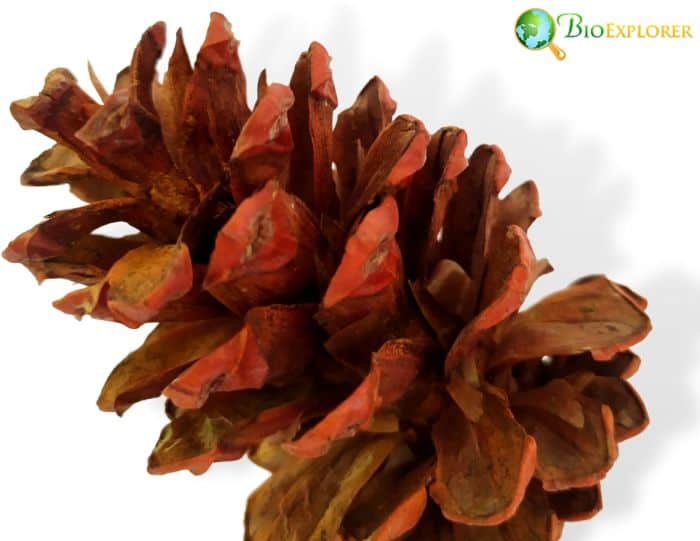
The first instance of a rare botanical event in a conifer has been documented in a pinecone preserved in amber for 40 million years. Gymnosperms, including pinecones, differ from flowering plants in that the seeds are not hidden inside an ovary but are visible within a range of morphologies, such as the stiff cone.
- These fossilized remnants showed the frozen scene of pine cone sprouting seeds that produced embryonic stems, a process known as precocious germination.
- The pine cone with the amber casing belonged to the extinct Pinus cembrifolia species of pine.
- Due to seed viviparity in this fossil, the seeds produced embryonic stems quite evident in the amber. Scientists explain that some activity does happen after an organism becomes encased in the ancient tree resin.
- Extant gymnosperm viviparity research implies the issue may be related to winter frosts.
The striking feature of this finding is that it is plants’ first fossil record of seed viviparity. Still, this condition probably occurred quite a bit earlier than this Eocene record.
![]()
10. Botanists have discovered that having more duplication of a gene makes it simpler to identify the gene that can handle a problem (Czech, Dec 2021)
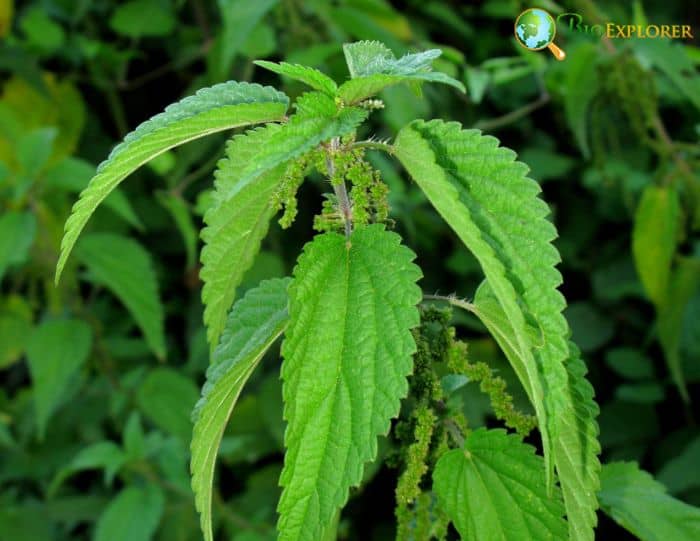
The common nettle, Urtica dioica, may occupy a broader range of environments when it has four copies of its genome instead of the typical two, according to research from the Czech Republic.
- The findings are consistent with the theory that polyploidy, or having multiple copies of the genes, allows plants greater flexibility in adapting to new environmental conditions.
- The results substantially affect environmental niche modeling and species distribution models. Tomá Urfus and colleagues wrote in their research that to model a species’ environmental niche and project this niche into geographic space to predict a species distribution, these prevalent methods assume that species are ecologically homogenous entities.
- Botanists observed that the diploid nettles, which only contained two copies of each gene, liked wet environments. However, tetraploid plants have four copies of their genes. Therefore, they are better equipped to survive in drier and more disturbed environments.
- The disturbed component increases the likelihood that the nettles you observe in your garden are tetraploid.
The findings could help model how plants expand their ranges and escape their ancestral niches.
![]()
11. Dynamic Flux of carbohydrate level prepares the northern trees during winter (USA, July 2021)
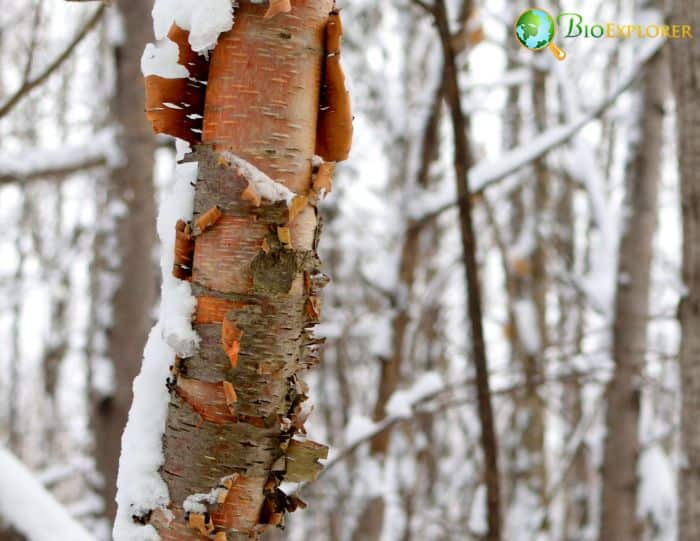
Scientists have observed that temperature fluctuation causes a rapid shift in carbon reserves which are critical sources of energy that allow trees to cope with high carbon demands. To track the seasonal changes in the whole tree and organ-level carbon reserves in mature boreal Betula papyrifera trees, the sap and wood xylem holds greater interest because they can store Non-structural proteins (NSC).
- When in favorable conditions, the sap transports the sugars made during photosynthesis and deposits them as starch in the roots or stems.
- A tree can store energy for regeneration in these NSCs. Scientists quantified these Non-structural carbohydrates (NSC) by measuring the concentrations of soluble sugars and starch in ten trees for a year.
- As winter approached, the trees turned sugars into starches, with branches carrying about half of the stocks of carbohydrates.
- The botanists suggest this may be done to develop a defense against the cold. Since the bark is thinner in the branches, there is less insulation to keep the cells in the branch phloem alive. The branches are also wind-exposed, which provides additional cooling.
This is the first study to thoroughly evaluate non-structural pool size dynamics at the organ and whole-tree levels concerning the phenology of mature boreal B. papyrifera.
![]()
12. The seed coat of the closest relative of angiosperm Gnetum sp. unravels the evolution of fruiting plants (USA, Aug 2021)
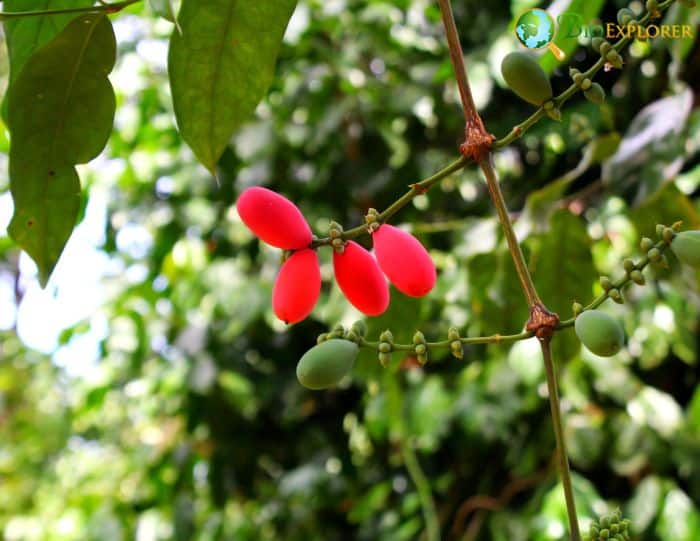
A mystery always remains in the evolution of angiosperms. These fruiting plants diversified and colonized the globe once they underwent evolution. They evolved from gymnosperms, but how was their evolutionary lineage? That is still a secret to be unlocked.
- The Gnetales are the closest gymnosperms to the angiosperms, which may have evolved from them, according to one concept.
- Their ovules, the female reproductive organs that give rise to seeds, are the source of this dispute. The seeds of gymnosperms have one integument, a layer that forms the seed’s outer layer.
- Angiosperms, in contrast, have two integuments, an inner and outer layer. The Gnetales are something in between. They have one integument and an envelope that wraps around the ovule.
- Could this envelope develop into another integument in angiosperms? Scientists found that the genes controlling the integument formation in angiosperm were also responsible for seed development in gymnosperm Genetum gnemon.
So, this insight can solve several puzzles related to the evolutionary history of angiosperm from gymnosperm.
![]()
13. Apomixis contributes to the invasion potential of this alien Asteraceae species (China, April 2021)

A natural process called apomixis permits clonal propagation through seeds, avoiding meiosis, and fertilization through the parthenogenetic growth of an unreduced egg or a somatic cell. Apomictic species are also more prone than species that rely on sexual reproduction to naturalize in new habitats and become invasive.
- Praxelis clematidea is a perennial or annual plant member of the Asteraceae family. The species first emerged in South America, but since then, it has dispersed to China and other nations.
- Although a highly “successful” invasive species, little is known about how it reproduces. Apomixis has been proposed as a factor in this alien Asteraceae species’ capacity for invasion.
- A global team of scientists has established these species’ reproductive modes and pollen viability. In addition, they have verified that apomixis can result in the development of P. clematidea seeds.
- The plant’s embryo develops from an undiminished egg cell, and the production of seeds is not dependent on sperm fertilization. However, most pollen grains were empty, lacking cytoplasm and nuclei, indicating extremely low pollen viability.
So, it may be concluded that autonomous apomixis greatly increases the probability of dispersal and colonization of P. clematidea into new regions due to its highly invasive nature. Therefore, a suitable management strategy must be used to prevent the production of seeds by these invasive species and their dispersion across the territory.
![]()
14. Scientists trace the molecular evolutionary patterns of Vitamin C biosynthesis in plants (China, Jan 2021)
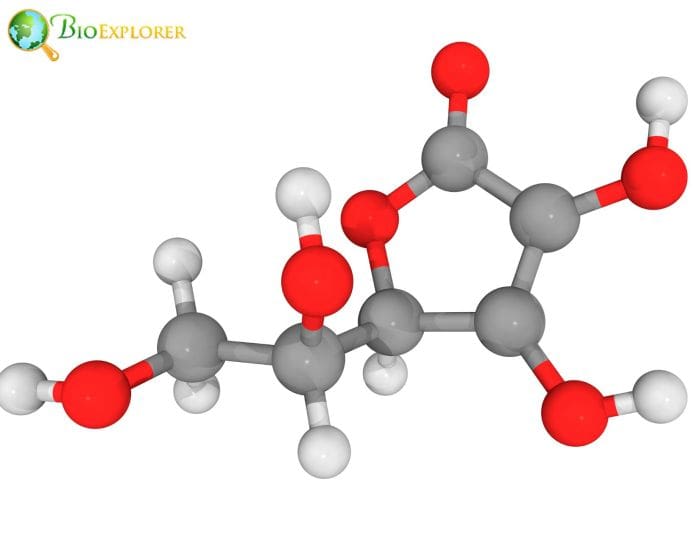
Ascorbic acid, or vitamin C as it is more generally known, is a prevalent antioxidant in living things. It is crucial for animal and plant growth and development and response to abiotic stress. So, recent discoveries exhibit the molecular basis of evolutionary patterns of Vitamin C biosynthesis in plants.
- Ascorbic acid is a multifunctional metabolite in various plant tissues. It is connected to a wide range of physiological activities, including photosynthesis, cell wall formation, seed germination, blooming period, and fruit softening, to mention a few.
- One of the four biosynthetic processes in plant cells-L-galactose, L-glucose, D-galacturonic acid, and Myo-inositol-produces ascorbic acid.
- In most plant species, including vascular plants, mosses, and green algae, ascorbic acid accumulation is believed to occur only via the L-galactose pathway, which is the most well-known of these.
- This regulatory gene, GDP-L-galactose phosphorylase (GGP), is essential for this pathway. Although the molecular evolutionary patterns of the gene are yet unknown, its function and regulatory mechanisms are well characterized.
Scientists revealed that most GGPs had similar gene structures and motif patterns, indicating their conserved functions. This study will give insight into plant adaptation to various environmental stresses.
![]()
15. Climate change drastically affects the biological clock in forest cover (USA, Jan 2021)

Scientists worry that plants’ responses to climate change will be drastic. The research hypothesized that the possible future climate change by raising the temperature and changing rainfall cycles results in plant advancement or delay in flowering patterns due to this climatic shift.
- Warming alone caused early flowering for four species Fragaria virginiana, Lathyrus venosus, Hieracium aurantiacum, Hieracium pretsense, and Solidago altissima.
- Most notably, the two autumn blooming species showed the strongest advance of flowering to warming. Reduced precipitation alone in advanced flowering for one autumn blooming species and delayed flowering for the other, with no significant impact on the three early blooming species.
- Only one species, Solidago spp., showed an interactive response to warming and rainfall manipulation by advancing in +1.6 °C warming (regardless of rainfall manipulation) but not advancing in the warmest, driest treatment. Species-specific responses led to changes in the temporal overlap between species.
- Most notably, the two autumn blooming species diverged significantly in their flowering timing. In ambient conditions, these two species flowered within the same week. In the warmest, driest treatment, flowering occurred over a month apart.
So, at this moment, it can be concluded that the weather cycle and its seasonal changes in their patterns can lead to disturbance in the interaction between plants and pollinating insects.
![]()
Suggested Reading:
History of Botany
Thus, this botanical news gives us a deep insight into our latest advancement in botany and plant science related to the evolutionary aspect, conservation of endemic species, global warming, and the mechanism to fight against it. Plant immune response and its role by revoking specific secondary metabolites and triggering plant defense response against biotic and abiotic stress. Looking forward to more interesting findings in 2022.
![]()


